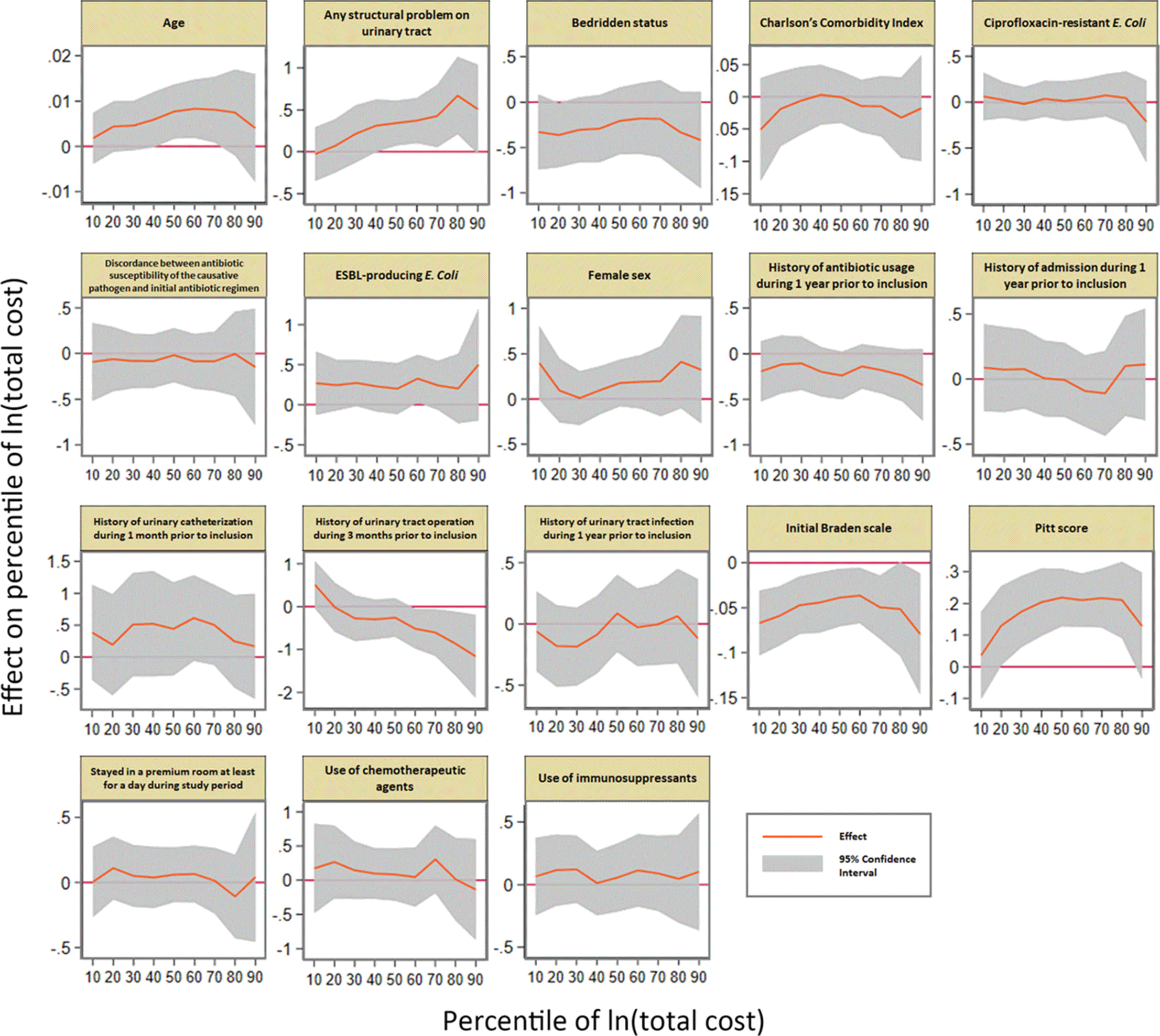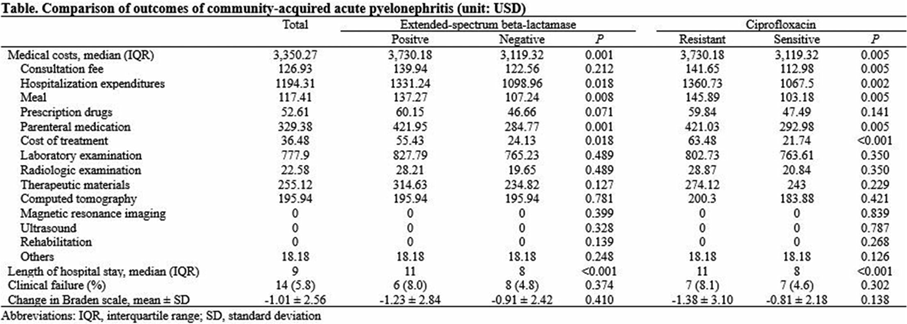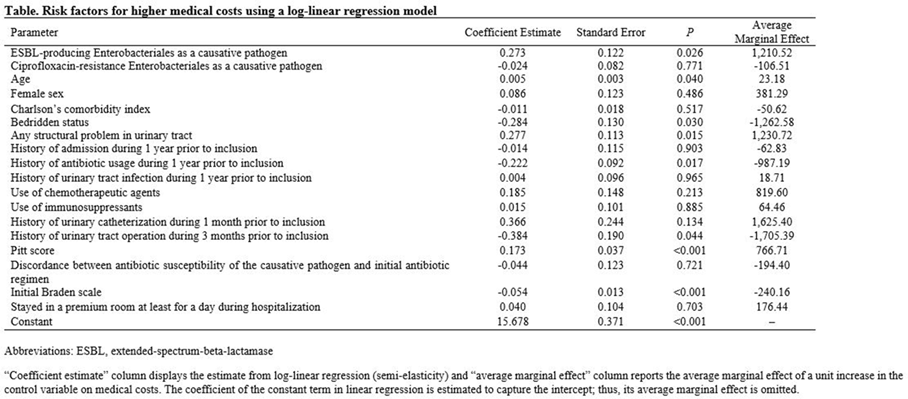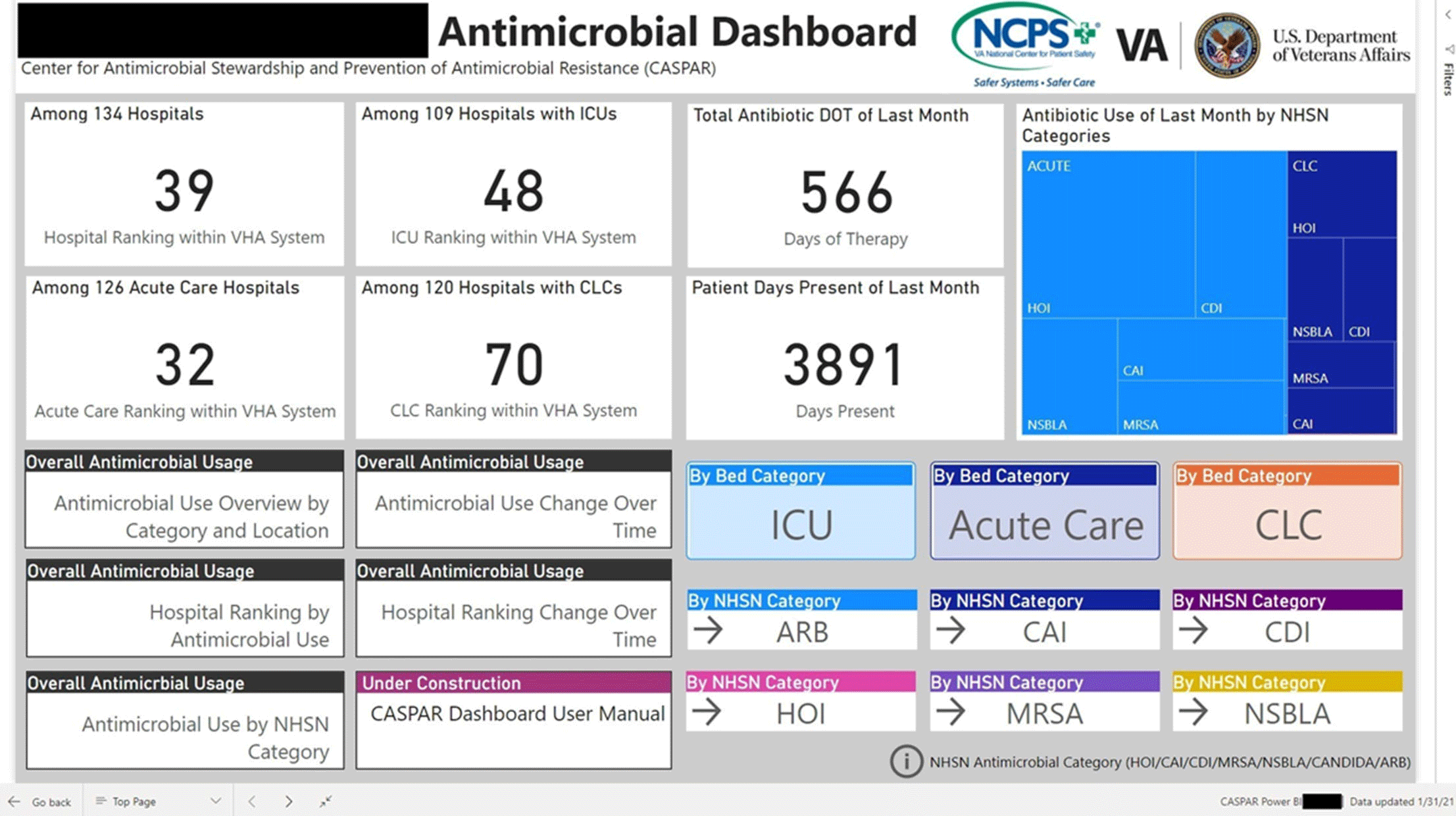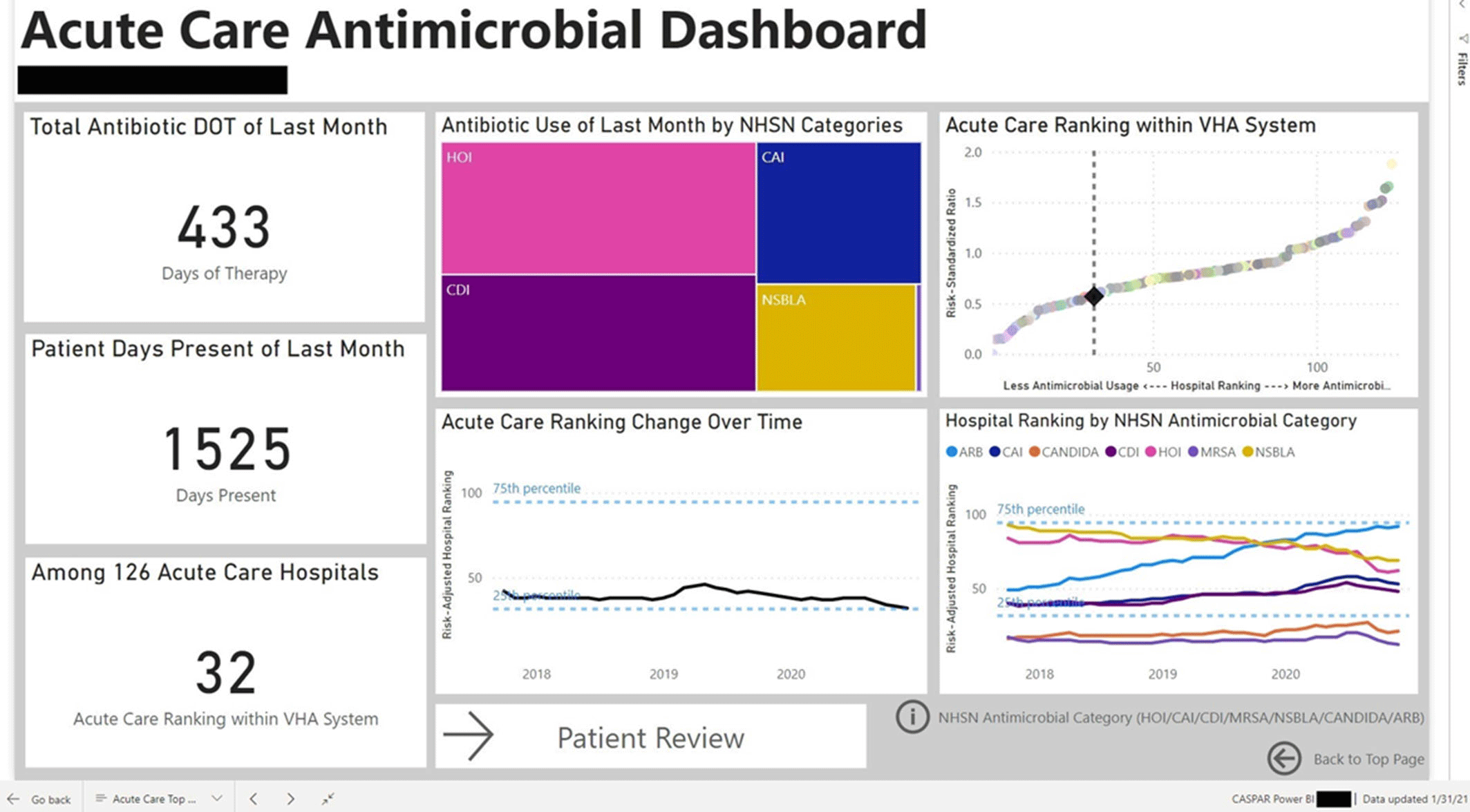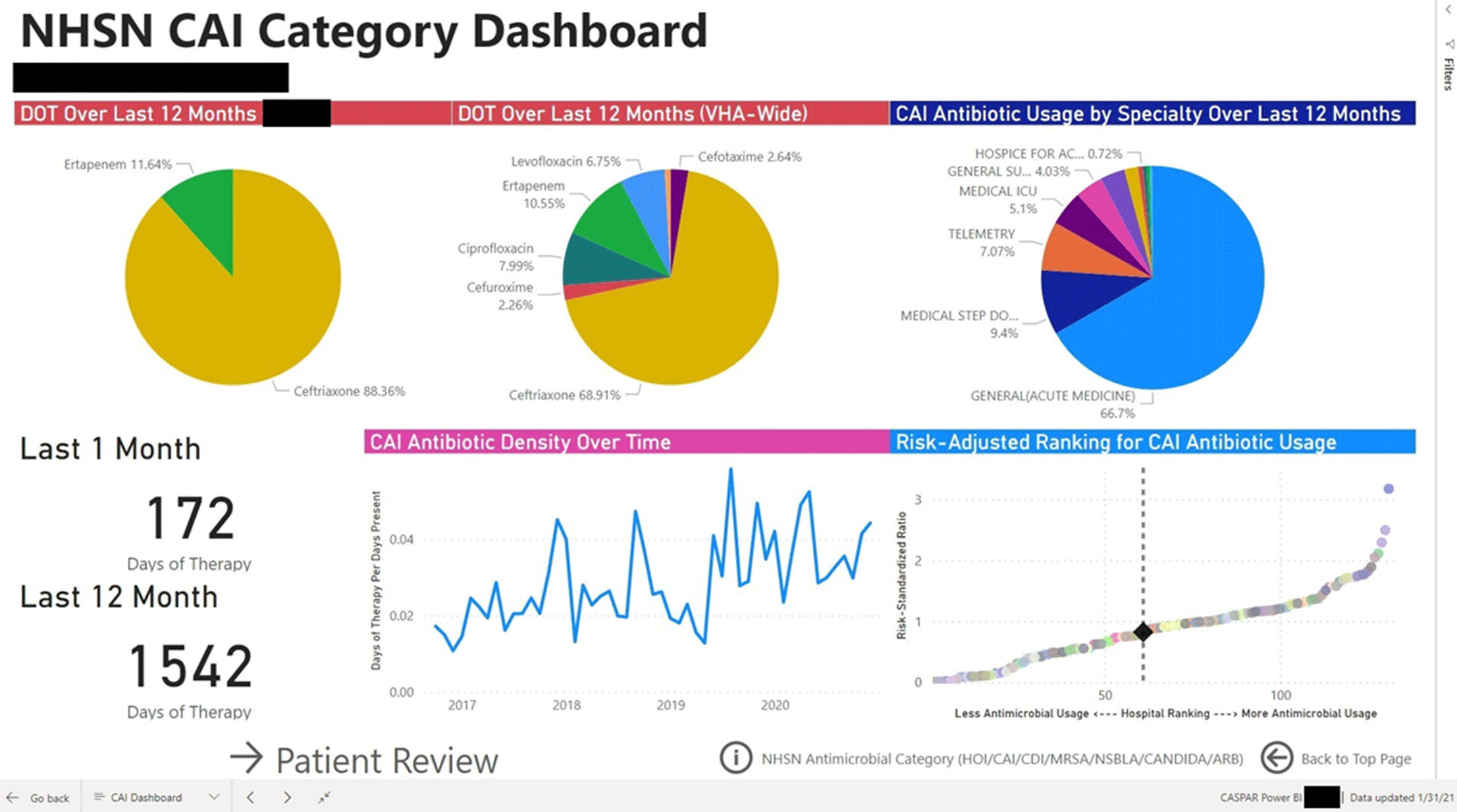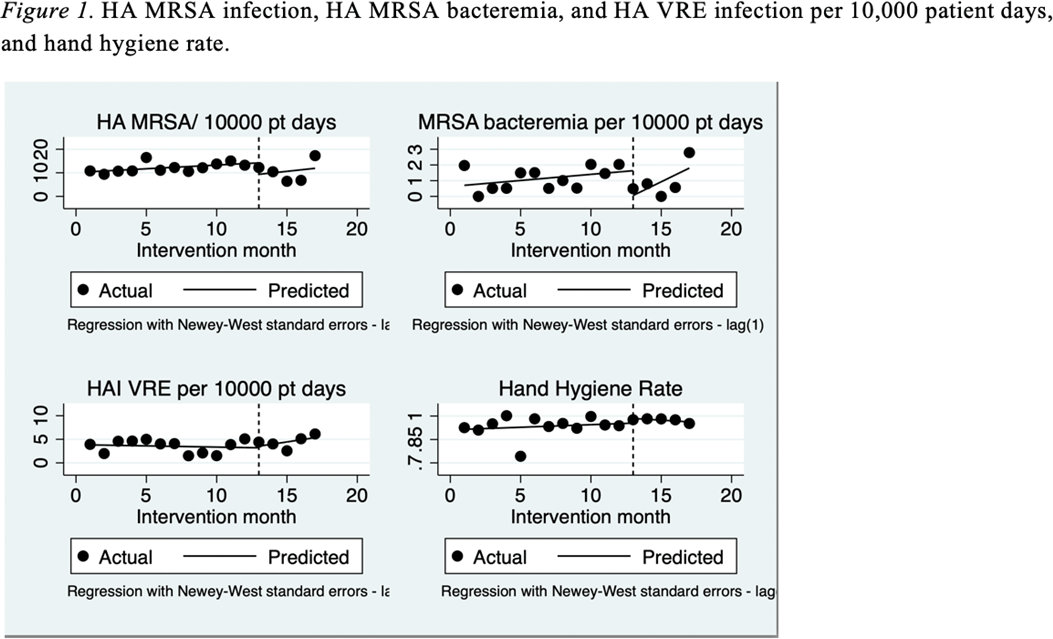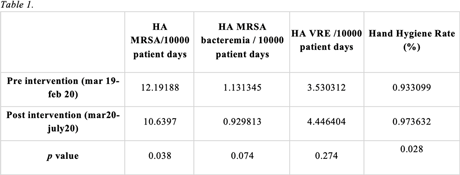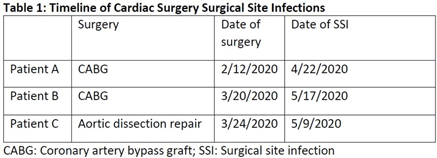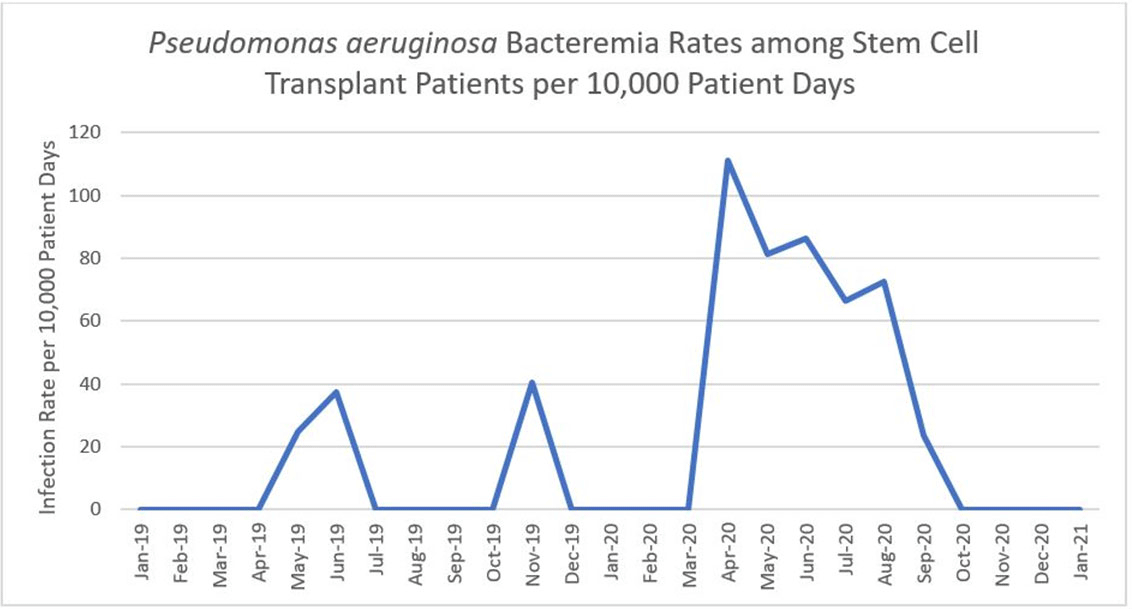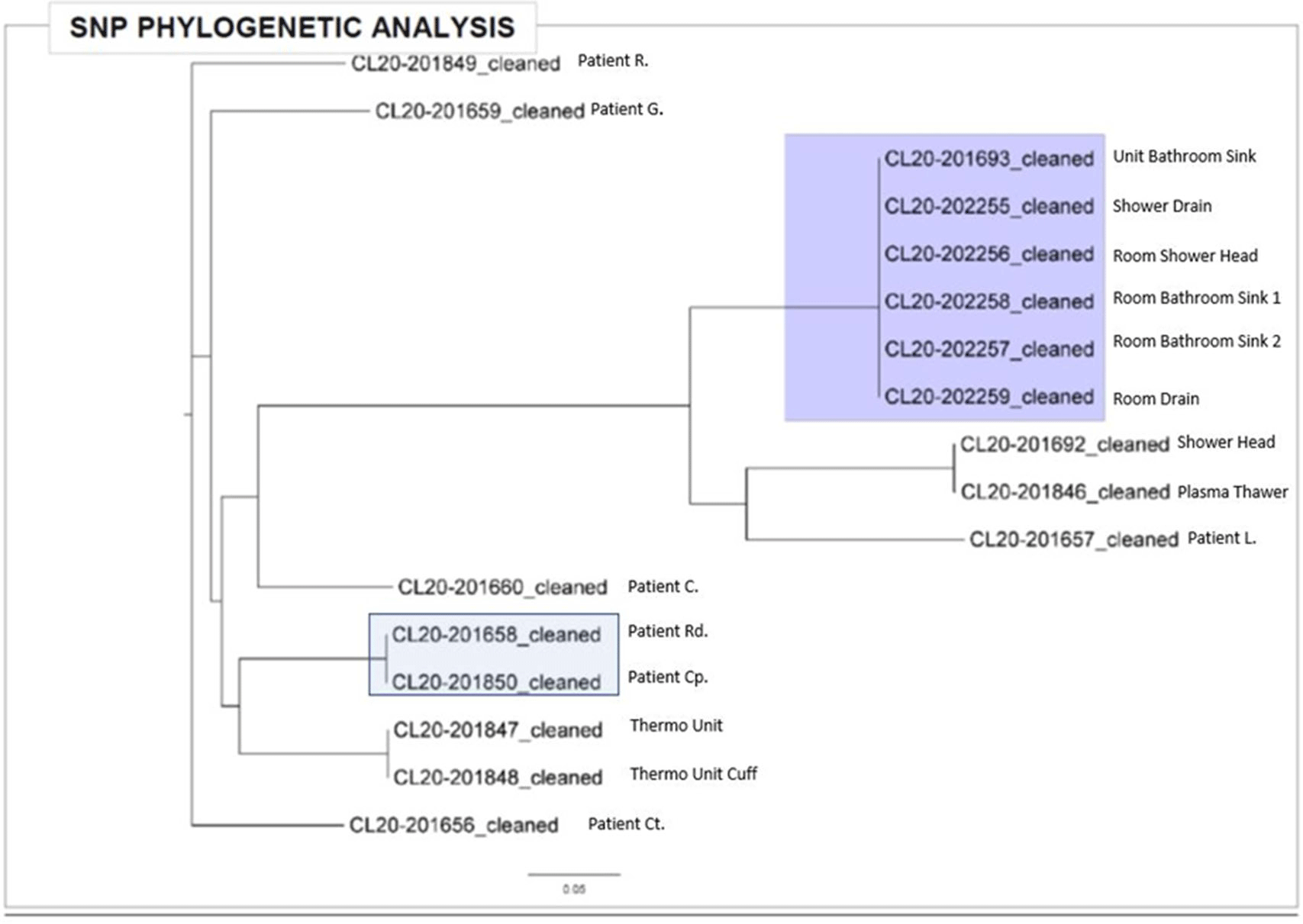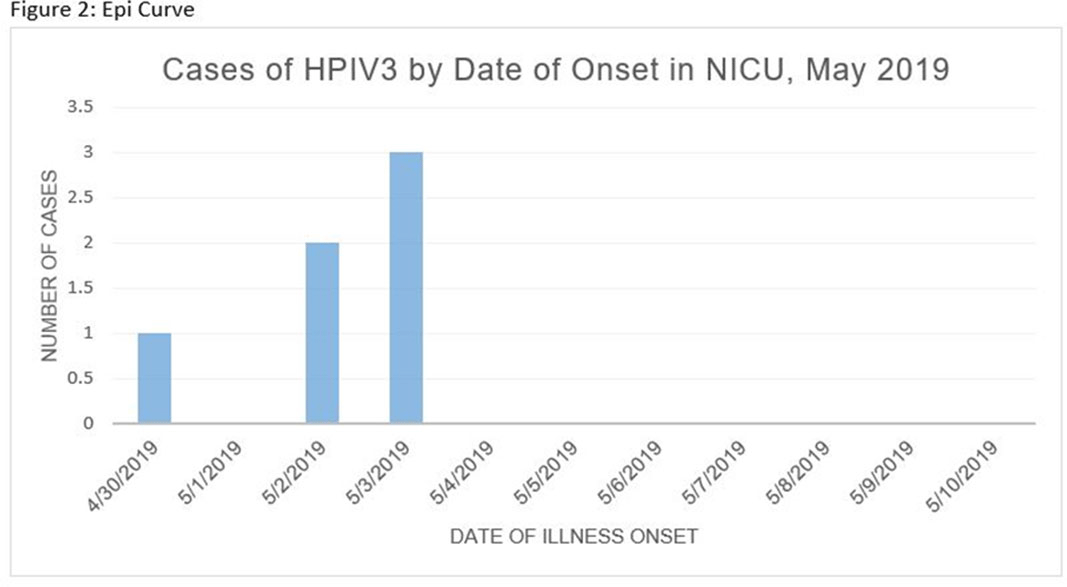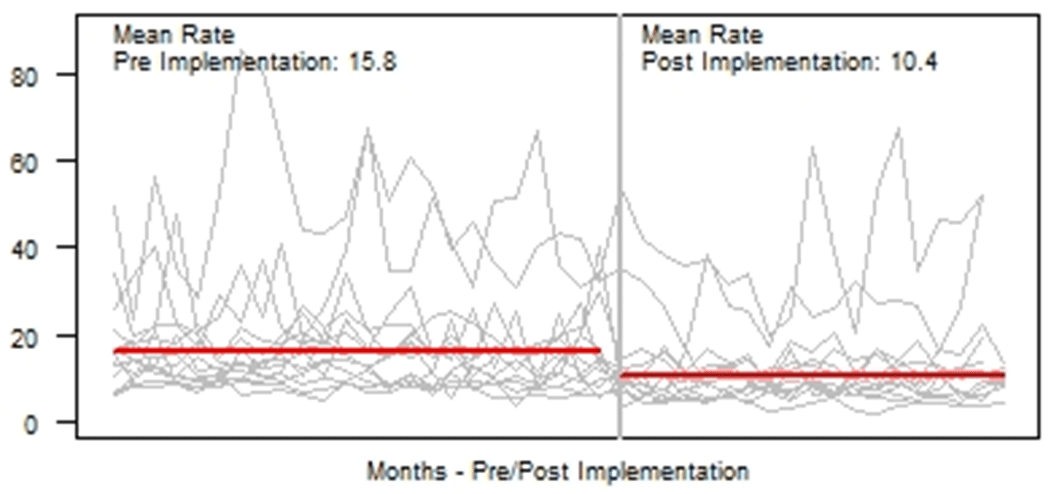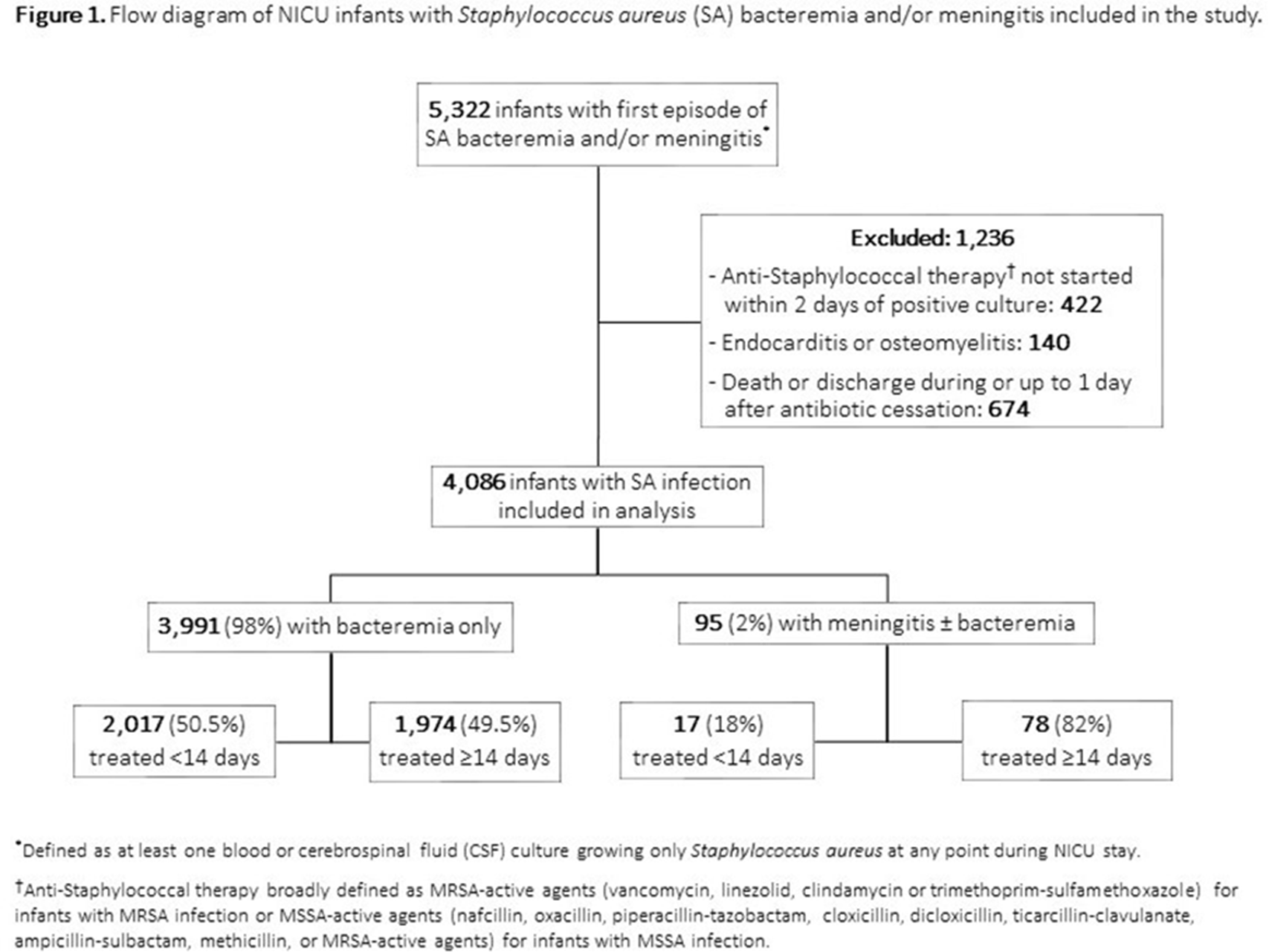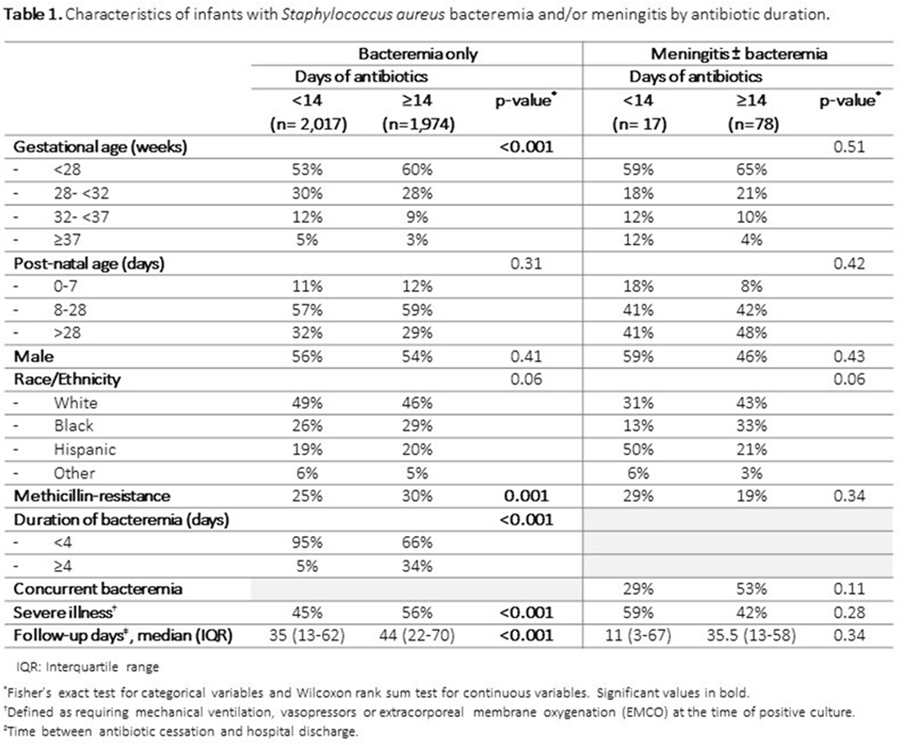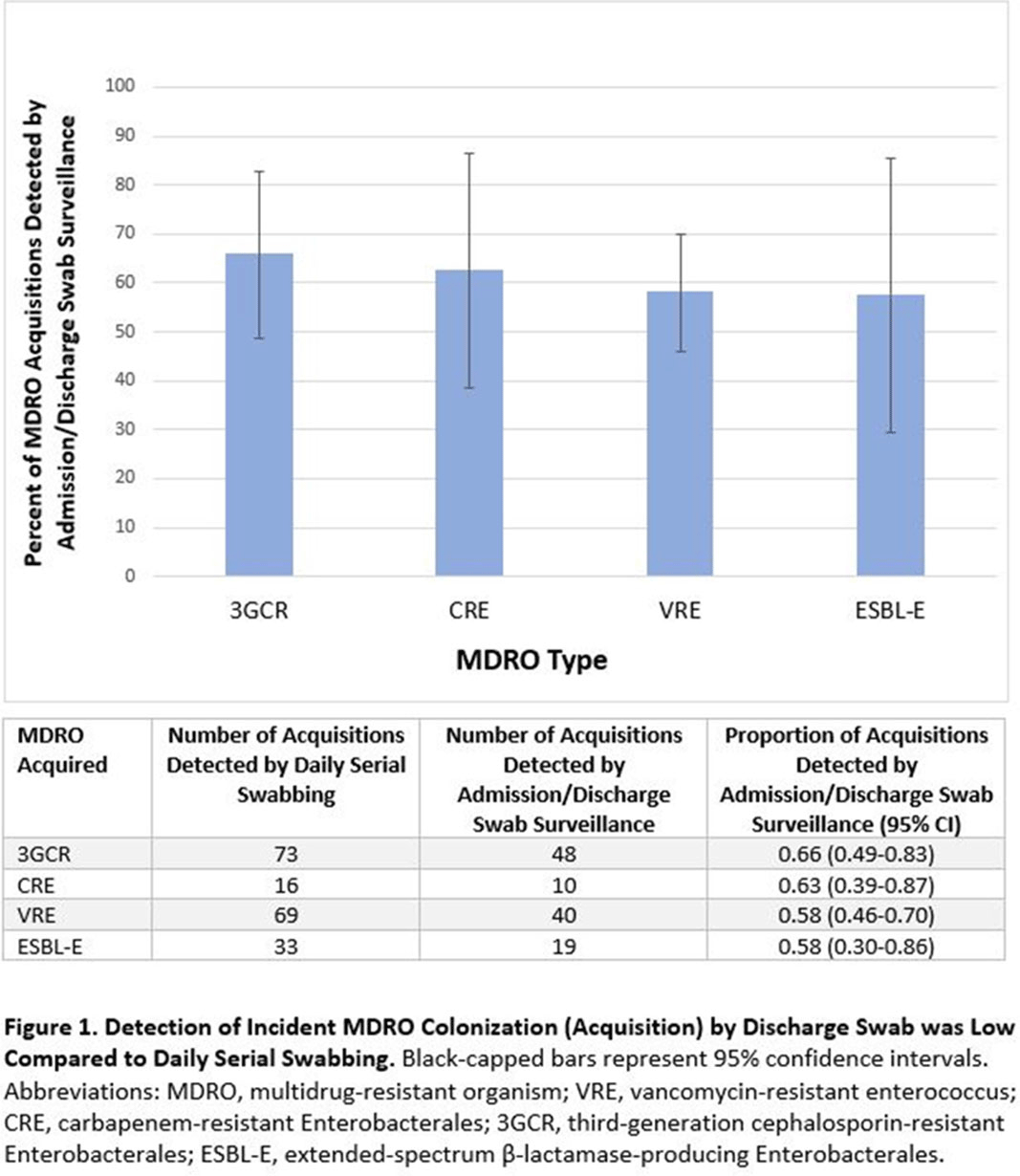Oral Presentation
MDR GNR
How Does Antimicrobial Resistance Increase Medical Costs in Community-Acquired Acute Pyelonephritis?
-
- Published online by Cambridge University Press:
- 29 July 2021, p. s23
-
- Article
-
- You have access
- Open access
- Export citation
Original Article
Experiences in outpatient parenteral antimicrobial therapy (OPAT): Barriers and challenges from the front lines
-
- Published online by Cambridge University Press:
- 03 November 2021, e42
-
- Article
-
- You have access
- Open access
- HTML
- Export citation
Oral Presentation
Medical Informatics
Automated Nationwide Benchmarking Dashboard for Antimicrobial Stewardship Programs within the Veterans’ Health Administration
-
- Published online by Cambridge University Press:
- 29 July 2021, pp. s23-s24
-
- Article
-
- You have access
- Open access
- Export citation
Original Article
Improving antibiotic prescribing for pediatric acute respiratory tract infections: A cluster randomized trial to evaluate individual versus clinic feedback
-
- Published online by Cambridge University Press:
- 03 November 2021, e43
-
- Article
-
- You have access
- Open access
- HTML
- Export citation
A modified Delphi approach to develop a trial protocol for antibiotic de-escalation in patients with suspected sepsis
-
- Published online by Cambridge University Press:
- 08 November 2021, e44
-
- Article
-
- You have access
- Open access
- HTML
- Export citation
Presentation Type: Oral Presentation
MRSA/VRE
Discontinuation of Contact Precautions in Patients with Nosocomial MRSA and VRE Infections During the COVID-19 Pandemic
-
- Published online by Cambridge University Press:
- 29 July 2021, p. s24
-
- Article
-
- You have access
- Open access
- Export citation
Oral Presentation
Outbreaks
Mycobacterium abscessus Surgical Site Infections Due to Modular Cooler-Heater Units in Cardiac Surgery
-
- Published online by Cambridge University Press:
- 29 July 2021, p. s25
-
- Article
-
- You have access
- Open access
- Export citation
Original Article
Bacterial coinfections with coronavirus disease 2019 (COVID-19)
-
- Published online by Cambridge University Press:
- 10 November 2021, e45
-
- Article
-
- You have access
- Open access
- HTML
- Export citation
Oral Presentation
Outbreaks
Outbreak of Pseudomonas aeruginosa Bacteremia Infections among Stem-Cell Transplant Patients Related to Change in Prophylaxis
-
- Published online by Cambridge University Press:
- 29 July 2021, pp. s25-s26
-
- Article
-
- You have access
- Open access
- Export citation
Review
Interventions to optimize antimicrobial stewardship
-
- Published online by Cambridge University Press:
- 10 November 2021, e46
-
- Article
-
- You have access
- Open access
- HTML
- Export citation
Oral Presentation
Outbreaks
Verona Integron-Encoded Metallo-Beta-Lactamase (VIM)–Producing Pseudomonas aeruginosa Outbreak Associated with Acute Care
-
- Published online by Cambridge University Press:
- 29 July 2021, p. s26
-
- Article
-
- You have access
- Open access
- Export citation
Original Article
Effects of antibiotic suppression on three healthcare systems’ National Healthcare Safety Network Antibiotic Resistance Option data
-
- Published online by Cambridge University Press:
- 10 November 2021, e47
-
- Article
-
- You have access
- Open access
- HTML
- Export citation
Oral Presentation
Outbreaks
Successful Control of Human Parainfluenza Type 3 Outbreak in a Level IV Neonatal Intensive Care Unit
-
- Published online by Cambridge University Press:
- 29 July 2021, pp. s26-s27
-
- Article
-
- You have access
- Open access
- Export citation
Original Article
Survey of physician and pharmacist steward perceptions of their antibiotic stewardship programs
-
- Published online by Cambridge University Press:
- 12 November 2021, e48
-
- Article
-
- You have access
- Open access
- HTML
- Export citation
Concise Communication
The coronavirus disease 2019 (COVID-19) delta wave: Refocusing effort and remaining resilient in the face of evolving infection prevention and antimicrobial stewardship challenges
-
- Published online by Cambridge University Press:
- 18 November 2021, e49
-
- Article
-
- You have access
- Open access
- HTML
- Export citation
Oral Presentation
Pediatrics
Results of a Multicenter Diagnostic Stewardship Collaborative to Optimize Blood Culture Use in Critically Ill Children
-
- Published online by Cambridge University Press:
- 29 July 2021, p. s27
-
- Article
-
- You have access
- Open access
- Export citation
Association of Antibiotic Duration and Outcomes among NICU Infants with Invasive Staphylococcus aureus Infections
-
- Published online by Cambridge University Press:
- 29 July 2021, pp. s27-s28
-
- Article
-
- You have access
- Open access
- Export citation
Review
Social media: A new tool for outbreak surveillance
-
- Published online by Cambridge University Press:
- 17 November 2021, e50
-
- Article
-
- You have access
- Open access
- HTML
- Export citation
Oral Presentation
Surveillance/Public Health
Admission and Discharge Sampling Underestimates Multidrug-Resistant Organism (MDRO) Acquisition in an Intensive Care Unit
-
- Published online by Cambridge University Press:
- 29 July 2021, p. s28
-
- Article
-
- You have access
- Open access
- Export citation
Original Article
Current practices and evaluation of barriers and facilitators to surgical site infection prevention measures in Jimma, Ethiopia
-
- Published online by Cambridge University Press:
- 17 November 2021, e51
-
- Article
-
- You have access
- Open access
- HTML
- Export citation

